Moles are a common skin occurrence that can appear anywhere on the body. While most moles are harmless, some people choose to have them removed for cosmetic reasons or due to health concerns. Mole removal is a straightforward procedure, but understanding the treatment, aftercare, and potential for scarring is essential for optimal results.
Dr. Kanika Singla, a renowned Cosmetic and Plastic Surgeon in Meerut, specializes in mole removal procedures. In this blog, we will explore the various mole removal treatments, the necessary aftercare, and what to expect in terms of scarring. If you’re considering mole removal, this guide will provide you with valuable insights.
Types of Mole Removal Treatments
1. Surgical Excision
Surgical excision is a common method for mole removal. In this procedure, the mole and a small margin of surrounding skin are cut out using a scalpel. This method is typically used for larger moles or those that have a higher risk of becoming cancerous. The wound is then stitched closed, and the mole is sent to a lab for analysis.
2. Shave Excision
Shave excision involves using a small blade to shave off the mole at the skin’s surface. This method is often used for smaller, raised moles. Unlike surgical excision, shave excision typically does not require stitches. However, it may not be suitable for moles that need to be tested for malignancy.
3. Laser Removal
Laser removal is a non-invasive method that uses concentrated light to break down the pigment in the mole. This treatment is best suited for smaller, non-cancerous moles. It is a popular choice due to its precision and minimal recovery time. However, multiple sessions may be required to completely remove the mole.
4. Cryotherapy
Cryotherapy involves freezing the mole with liquid nitrogen, causing it to fall off. This method is effective for superficial moles but is not recommended for deeper or suspicious moles. Cryotherapy can result in a blister forming at the treatment site, which will heal over time.
Aftercare Tips
Proper aftercare is crucial for ensuring a smooth recovery and minimizing the risk of infection or scarring after mole removal. Here are some essential aftercare tips:
- Keep the Area Clean and Dry: Clean the wound daily with mild soap and water. Pat the area dry with a clean towel and avoid soaking the wound in water until it has healed.
- Apply Antibacterial Ointment: Use an antibiotic ointment as prescribed by your doctor to prevent infection. Apply the ointment and cover the area with a sterile bandage.
- Avoid Sun Exposure: Protect the treated area from direct sunlight. Use a broad-spectrum sunscreen with at least SPF 30 if the area cannot be covered with clothing. Sun exposure can darken the scar and delay healing.
- Do Not Pick at Scabs: Let any scabs that form fall off naturally. Picking at them can cause scarring and increase the risk of infection.
- Follow Up with Your Doctor: Attend any follow-up appointments to ensure the wound is healing correctly and to check for any signs of complications.
Scarring: What to Expect
Scarring is a natural part of the healing process following mole removal. The extent and appearance of the scar can vary based on the removal method used, the size and location of the mole, and individual healing characteristics. Here’s what to expect:
- Surgical Excision: Surgical excision typically results in a linear scar. The scar’s appearance can improve over time with proper care and may become less noticeable.
- Shave Excision: Shave excision generally leaves a flat scar that may be slightly lighter or darker than the surrounding skin. Over time, the scar should blend in better with the surrounding tissue.
- Laser Removal: Laser removal usually results in minimal scarring. Any scars that do form are often less noticeable due to the precision of the laser.
- Cryotherapy: Cryotherapy can cause a white scar or a change in skin texture at the treatment site. These scars typically fade over time but may remain slightly different in appearance.
Conclusion
Mole removal is a safe and effective procedure for those seeking to remove moles for cosmetic or health reasons. Understanding the different treatment options, following proper aftercare, and having realistic expectations about scarring can help ensure the best possible outcome.
For expert mole removal and personalized care, consult with Dr. Kanika Singla, a Cosmetic and Plastic Surgeon in Meerut. With her extensive experience and dedication to patient care, Dr. Singla will guide you through every step of the mole removal process.
By following these guidelines, you can achieve smooth and healthy skin with minimal scarring, boosting your confidence and overall well-being.
FAQ
The level of pain experienced during mole removal depends on the method used. Local anesthesia is typically administered to numb the area, so most patients feel minimal to no pain during the procedure. You may experience some discomfort or a mild stinging sensation when the anesthesia is injected. Post-procedure, there might be some soreness or tenderness, but over-the-counter pain relievers can help manage any discomfort.
Recovery time varies depending on the mole removal method and the individual’s healing process. Generally, the initial healing phase lasts about 1 to 2 weeks. During this time, it’s important to follow proper aftercare instructions to prevent infection and promote healing. Complete healing, including the fading of any scars, can take several weeks to a few months. Your doctor will provide specific guidelines based on the procedure performed.
In most cases, moles do not grow back after complete removal. However, if some mole cells remain, there is a small chance that the mole could reappear. Surgical excision and shave excision methods are more likely to completely remove the mole, reducing the likelihood of regrowth. Laser removal and cryotherapy might leave some mole cells behind, which could potentially lead to regrowth. Regular monitoring and follow-up appointments with your doctor are important to ensure the mole does not return.

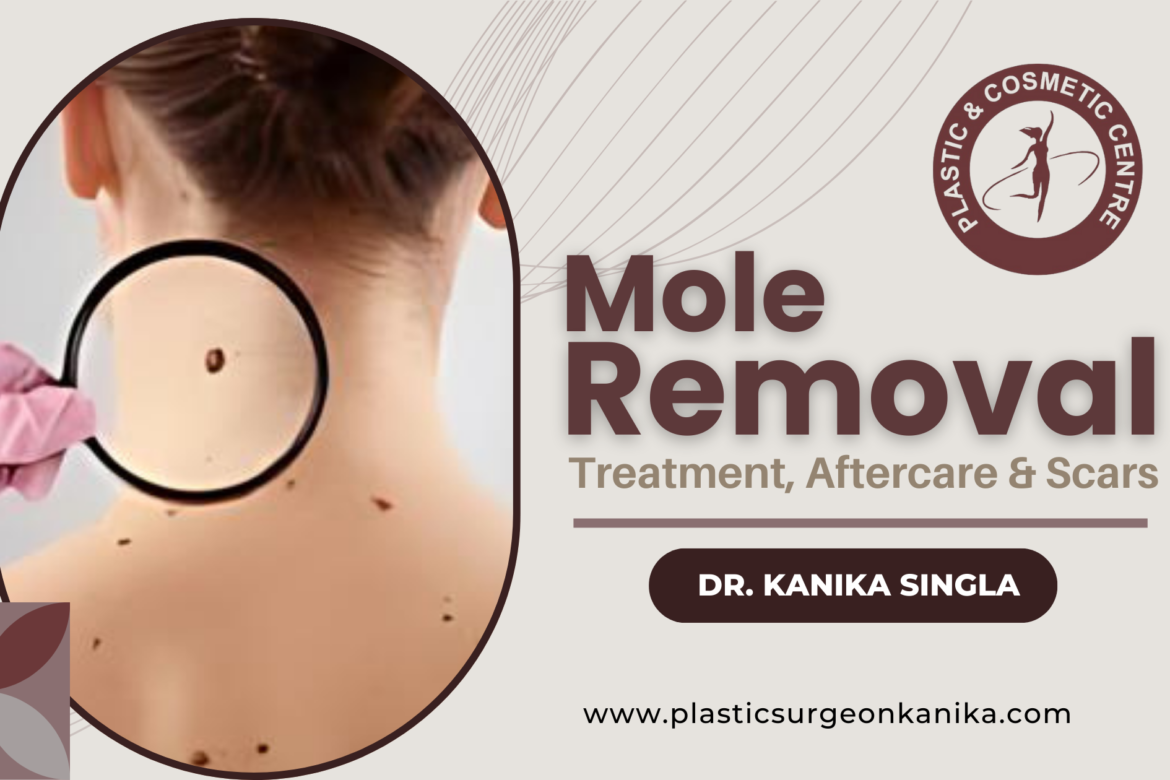
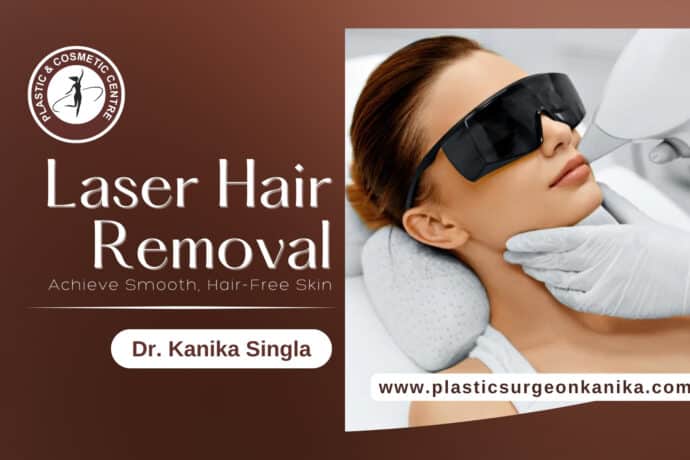
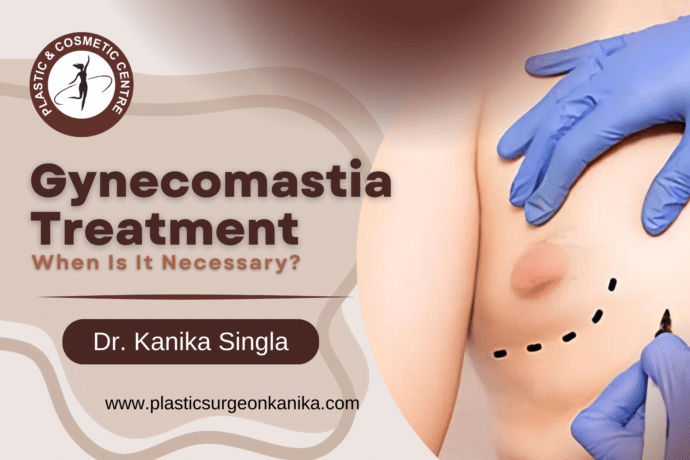
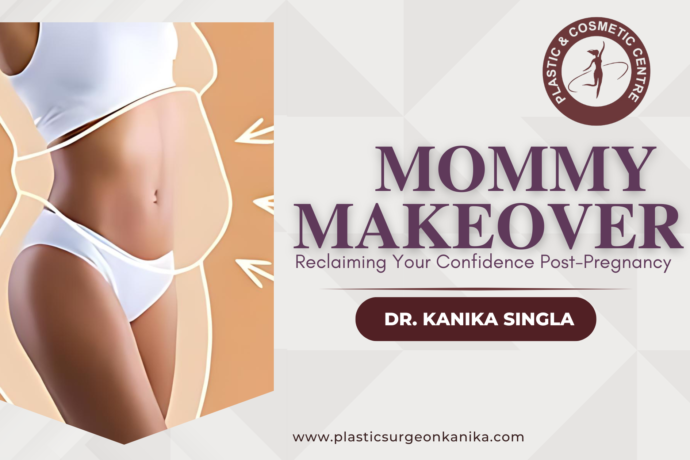
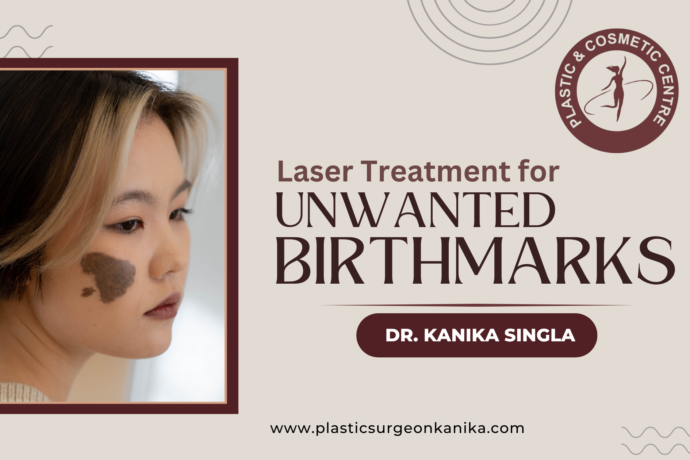




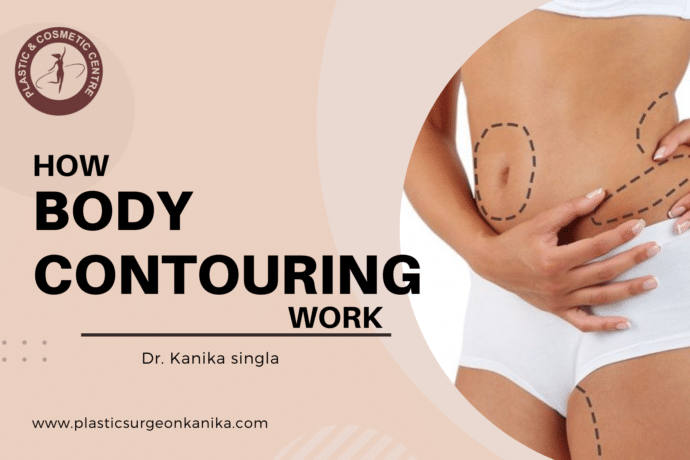
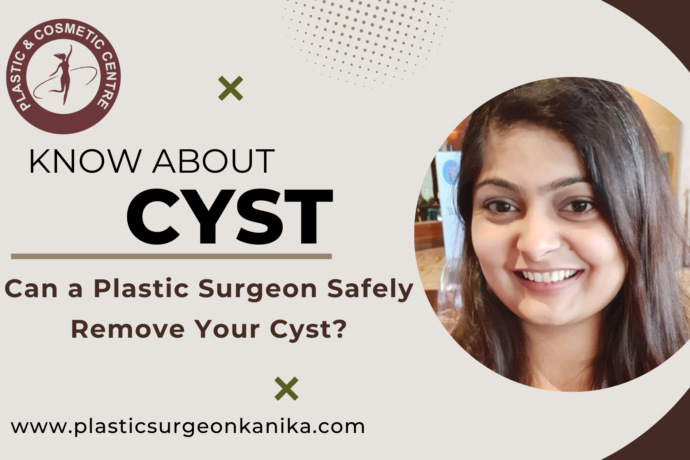
Leave a comment